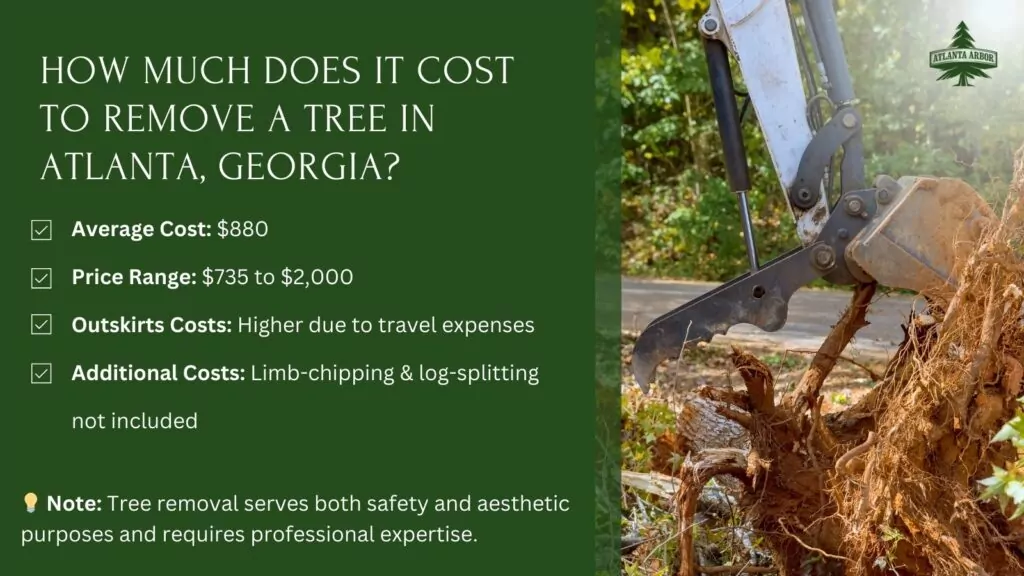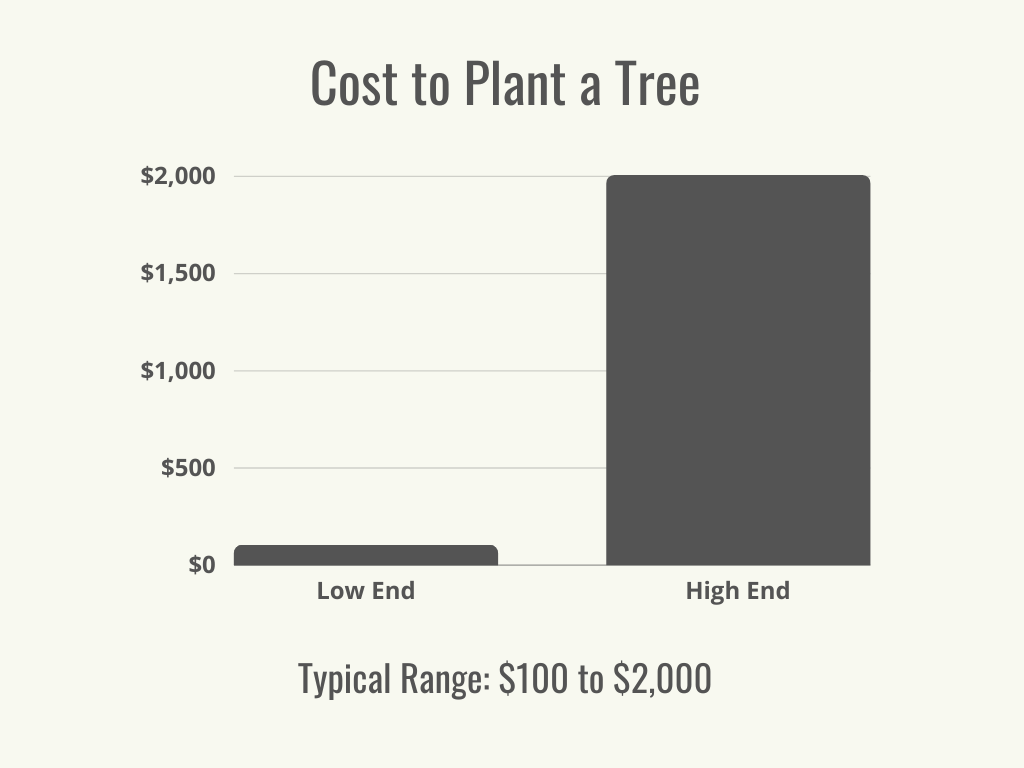Featured
Table of Contents
- – Bloomsburg, PA Stump Grinding Customer Reviews...
- – Bloomsburg, PA Tree Removal Success Stories: C...
- – Bloomsburg, PA Tree Clearing Warning Signs: P...
- – What's Included In A Arborist Quote In Blooms...
- – Bloomsburg, PA Tree Clearing Cost Overview 2025
- – Licensed Arborist In Bloomsburg, PA: Cost Guide
- – Long-Term Tree Service Costs In Bloomsburg, PA
- – Real Bloomsburg, PA Tree Service Reviews
- – Recommended Stump Removal In Bloomsburg, PA:...
- – Bloomsburg, PA Tree Cutting Reviews And Pric...
- – Bloomsburg, PA Tree Service Budget Tips
- – Getting The Best Tree Trimming Rates In Bloo...
- – Recommended Tree Service In Bloomsburg, PA: ...
- – Bloomsburg, PA Tree Cutting Pricing Breakdown
- – Is An Tree Clearing Expensive In Bloomsburg,...

The subsections listed below supply more detailed info about rates, consisting of a typical range for each. TypeAverage Removal CostPineConiferPalmMagnoliaArborvitaeAshCedarSweet GumEucalyptusSycamoreCypressOakMaplePoplar You can expect to pay in between to get rid of a pine, depending upon its size. Getting rid of a pine is among the more budget-friendly tasks unless it is one that has actually been around for years and is rather large.
Bloomsburg, PA Stump Grinding Customer Reviews: Costs
Pines likewise have a tap root that grows deep into the soil, which can show to be harder to eliminate. The process itself includes an expert cutting the tree, clearing the base, cutting the surface area roots, removing the stump, and finally dealing with the soil. Without a professional hand, you run the risk of leaving pine seedlings behind, which will fall from the roots of distressed pines.
Bloomsburg, PA Tree Removal Success Stories: Costs
The U.S. national average for conifer removal is around to have the conifer cut down, hauled away, and the stump ground or eliminated totally. Conifers are generally simpler to get rid of, and although they can grow rather tall, they do not cost a fortune to eliminate. Conifers include pine, spruce, fir, and juniper trees.
Bloomsburg, PA Tree Clearing Warning Signs: Pricing Edition
While conifers are beautiful, they kill native plants and specific types of grass. This is because they need a lot of water and nutrients to make it through, so they leach it off surrounding plants. They likewise have an extensive network of roots, which can impact your home's structure. The average cost of palm removal depends upon the height as much as the type, ranging from.
What's Included In A Arborist Quote In Bloomsburg, PA
That is why it is necessary to understand which type you are eliminating. While you do not require an herbicide to eliminate a palm tree, there are some actions your removal professional will need to require to ensure the job is done properly. There are two ways they can get rid of them: by slicing them down or digging them up.
Bloomsburg, PA Tree Clearing Cost Overview 2025
This is due to the fact that small animals like rats and scorpions often live in them. Plus, numerous types will have spikes, too. From there, they get rid of the real tree and after that the stump. Expect to pay between to eliminate this kind of tree, depending on the specific size and details of the task.
Licensed Arborist In Bloomsburg, PA: Cost Guide
There are 3 types: green, white, and black ash. With its gray-tinged bark, its leaves are green or purple in the spring and golden yellow or purplish-red in the fall.
Long-Term Tree Service Costs In Bloomsburg, PA

Due to the variation in height, the removal rate difference is broad from. A coniferous, evergreen tree, the cedar is a hardy types.
Real Bloomsburg, PA Tree Service Reviews
The growth of false cedars differs from 50 feet up to 230 feet high. With star-shaped leaves and sensational fall colors, the sweet gum is considered a medium to large tree.
Recommended Stump Removal In Bloomsburg, PA: Reviews
It has a huge root base of 40 to 50 feet, which affects the elimination expense. Normally, it costs in between to get rid of a eucalyptus. Eucalyptus are not common all over, however they are quite big compared to others, which is why even the smaller sized ones are so costly to eliminate. Originally from Australia, eucalyptus are intrusive plants that grow in thick groves that get native plants.
Bloomsburg, PA Tree Cutting Reviews And Pricing
There are a handful of ways to do this, consisting of burning, pulling, grinding, or eliminating them with herbicide. Anticipate to pay between to eliminate sycamores, based on the height, trunk size, and amount of work included. Sycamores are one of the biggest hardwood trees, usually varying from 60 to 100 feet tall and as wide as 15 feet.
Bloomsburg, PA Tree Service Budget Tips
The first two actions will expose the within the tree and cut off the flow of nutrients up the trunk. From there, an expert applies herbicide to kill the tree and reduce the trunk. They will eliminate the stump. Otherwise, brand-new sprouts might grow from it. Lowering and getting rid of a full-grown cypress might cost as much as.
Getting The Best Tree Trimming Rates In Bloomsburg, PA
There are several kinds of Cypress trees, however the most common are the Leyland, Arizona, Bald, and Italian. The Bald Cypress grows in swampy or really damp locations while the others delight in a dry, warm, or hot climate (stump grinding). They can grow as high as 80 to 100 feet tall
Recommended Tree Service In Bloomsburg, PA: Reviews

Prone to diseases, the Cypress is one of the most valued woods for furnishings. The typical oak grows to around 60 feet, and depending upon the intricacy of the removal, it costs approximately to remove. The precise size of your oak and the effort required to fell it affect what you will really pay for removal along with any extra services like stump grinding.
Bloomsburg, PA Tree Cutting Pricing Breakdown
Access to the trees and the roots will also affect the overall cost. Maples can quickly grow up to 100 feet or more and normally expense between to get rid of from your residential or commercial property. The final cost depends on the real height and complexity of the task. Maples are normally amongst the more costly trees to eliminate since of their size and the work involved in the elimination.
Is An Tree Clearing Expensive In Bloomsburg, PA
Growing as high as 90 to 115 feet, these huge timbers are primarily found in North America and consist of the aspen, cottonwood, and balsam trees. The process to get rid of trees involves all the cutting and cutting of the branches and trunk, bringing it down to a stump.
Table of Contents
- – Bloomsburg, PA Stump Grinding Customer Reviews...
- – Bloomsburg, PA Tree Removal Success Stories: C...
- – Bloomsburg, PA Tree Clearing Warning Signs: P...
- – What's Included In A Arborist Quote In Blooms...
- – Bloomsburg, PA Tree Clearing Cost Overview 2025
- – Licensed Arborist In Bloomsburg, PA: Cost Guide
- – Long-Term Tree Service Costs In Bloomsburg, PA
- – Real Bloomsburg, PA Tree Service Reviews
- – Recommended Stump Removal In Bloomsburg, PA:...
- – Bloomsburg, PA Tree Cutting Reviews And Pric...
- – Bloomsburg, PA Tree Service Budget Tips
- – Getting The Best Tree Trimming Rates In Bloo...
- – Recommended Tree Service In Bloomsburg, PA: ...
- – Bloomsburg, PA Tree Cutting Pricing Breakdown
- – Is An Tree Clearing Expensive In Bloomsburg,...
Latest Posts
Saks, AL Tree Clearing Cost Breakdown
Curved Tree Service Costs In Bella Vista, AR
Swissvale, PA Tree Trimming Cost Breakdown
More
Latest Posts
Saks, AL Tree Clearing Cost Breakdown
Curved Tree Service Costs In Bella Vista, AR
Swissvale, PA Tree Trimming Cost Breakdown